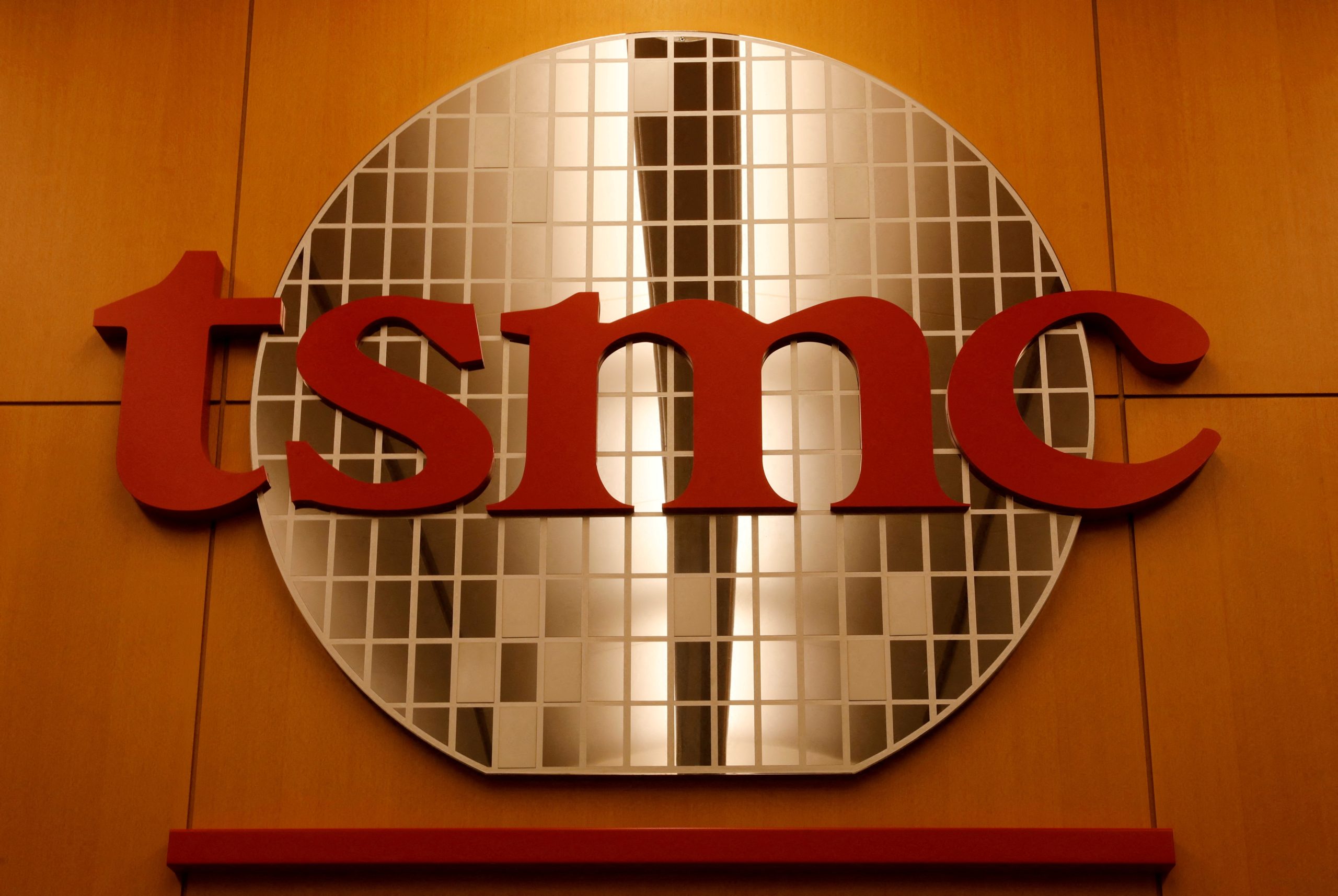TSMC’s Technological Leap: Outpacing Rivals in the Chip Race
Taiwan Semiconductor Manufacturing Company (TSMC), the world’s leading chipmaker, is set to make another significant stride in semiconductor technology. The company is poised to begin mass production of chips using its A16 Angstrom process node, equivalent to 1.6 nanometers, in 2026. This groundbreaking development places TSMC well ahead of its competitors, Intel and Samsung, who are targeting 2027 for their respective 1.4nm processes.

A Technological Breakthrough
One of the most remarkable aspects of TSMC’s A16 Angstrom node is its ability to function without the need for ASML’s High-NA EUV lithography machines, which are essential for smaller node production. This bypasses a significant cost barrier for TSMC, as these machines cost over $380 million each. By eliminating this dependency, TSMC gains a potential cost advantage over its rivals.
Apple and OpenAI: Early Adopters
Apple has already expressed its confidence in TSMC’s A16 Angstrom technology by placing orders for chips built on this node. This strategic move aligns with Apple’s broader plan to incorporate more advanced AI and processing capabilities into its devices, particularly iPhones. The anticipated performance boost from these chips could lead to even more powerful and efficient iPhones.
OpenAI, the organization behind the popular AI model ChatGPT, has also shown interest in TSMC’s A16 Angstrom technology. The company is reportedly developing its first in-house AI chip using this advanced node. This decision reflects OpenAI’s commitment to enhancing the performance of its AI models, including features like the Sora video-generation tool.
OpenAI’s Ambitious Plans
OpenAI has gone so far as to request TSMC to build a dedicated fabrication facility (fab) specifically for their needs. This move underscores the importance of TSMC’s A16 Angstrom technology for OpenAI’s future endeavors.
TSMC’s Technological Edge and the AI Market
TSMC’s A16 Angstrom node is expected to surpass the performance of the 2nm chips that preceded it. It is projected to deliver 8-10% faster performance while consuming 20% less power at the same operating voltage. This improvement is crucial for AI applications, where efficiency and speed are paramount.
The growing demand for AI has fueled the need for high-performance chips. For instance, each query submitted to ChatGPT currently costs OpenAI approximately 4 cents. As AI usage expands, the demand for advanced chips like those produced by TSMC will continue to rise.
FAQs
When will TSMC start mass production of chips using the A16 Angstrom process node?
TSMC is expected to begin mass production in 2026.
What is the significance of the A16 Angstrom process node?
It is a highly advanced node that offers improved performance and efficiency compared to previous generations.
How does TSMC’s A16 Angstrom node compare to Intel and Samsung’s upcoming 1.4nm processes?
TSMC’s node is expected to be more advanced and offer better performance.
What is the role of ASML’s High-NA EUV lithography machines in chip production?
These machines are essential for producing smaller node chips, but TSMC has found a way to bypass their use.




